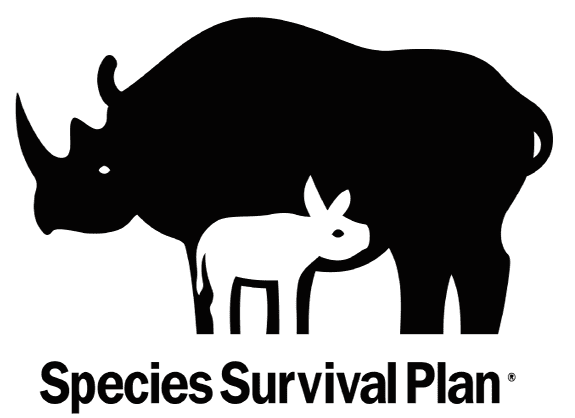
Bactrian Camel
Bactrian camels have two humps and are acclimated to the cold temperatures of Mongolia's Gobi Desert in contrast to their one-humped relative, the Dromedary camel native to the hot Sahara Desert.
Range & Habitat
Rocky desert mountains, dunes and stony plains of Central Asia. Large groups may congregate near rivers or at the base of a mountain in search of water.
Conservation Status: Critically Endangered
Bactrian camels are critically endangered in the wild due to hunting and competition with other livestock for food. There are fewer than 1,000 individuals remaining in their native range in the Gobi Desert in northern China and Mongolia – making them the eighth most endangered large mammal in the world.
Diet
In the Wild: Leaves, wood, bark, seeds, grains, nuts and flowers
At the Zoo: Grain, hay and vegetables such as carrots and yams.
Life Span
In Human Care: 25 to 40 years.
Fun Facts about the Bactrian Camel
· Bactrian Camels are well built for long desert walks. Their long eyelashes and sealable nostrils keep sand out and the two broad toes on each foot are able to spread widely for easy walking through deep sand.
· Their thick, wooly coats vary in color from dark brown to beige. When their winter coat begins to shed, it peels off in large pieces.
· Bactrian Camels are diurnal, sleeping in the open at night and foraging for food during the day.
· They have the ability to go for months without water, and when it becomes available they may drink up to 15 gallons at one time.
· Contrary to popular belief, a camel’s hump does not hold water. Instead, the hump serves as a reservoir for energy rich fat, which the camel can metabolize for energy when food is scarce.
The Wild Camel Protection Foundation is working to save wild Bactrian camels from extinction through a breeding program at the Hunter Hall Wild Camel Breeding Centre in Mongolia. The current Centre is home to 35 wild camels and five camel calves born in 2020, and WCPF is raising money to create a second site for wild camel breeding.
Learn more at wildcamels.com.
Sources
Animal Diversity Web, Bactrian Camel. https://animaldiversity.org/accounts/camelus_bactrianus/
The IUCN Red List of Threatened Species, Bactrian Camel. www.iucnredlist.org/details/63543/0
Lincoln Park Zoo, Bactrian Camel. https://www.lpzoo.org/animal/bactrian-camel/


